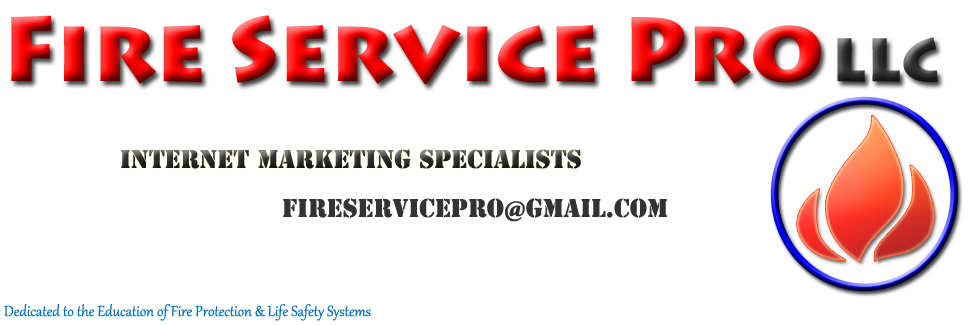NFPA 25
Standard for the Inspection, Testing, and Maintenance of Water-Based Fire Protection Systems
Many local governments have adopted NFPA standards and codes. Safety, building and fire code enforcement inspectors in Longview may make reference to which standards and codes are violated if your installed fire sprinkler system is malfunctioning, inoperable or failing tests.
If you receive a violation from safety, building and/or fire code enforcement officers contact an actively licensed fire sprinkler company in Longview to immediately correct, repair, replace and remedy the violations received. You may receive a certificate to certify that your fire sprinkler system is fully operational and in a state of readiness upon completion of any services performed.
NFPA 25 Standard for the Inspection, Testing, and Maintenance of Water-Based Fire Protection Systems“1.1* Scope. This document establishes the minimum requirements for the periodic inspection, testing, and maintenance of water-based fire protection systems, including land-based and marine applications. 1.1.1 This standard does not address all of the inspection, testing, and maintenance of the electrical components of the automatic fire detection equipment for preaction and deluge systems that are addressed by NFPA 72, National Fire Alarm Code. The inspection, testing, and maintenance required by this standard and NFPA 72, National Fire Alarm Code, shall be coordinated so that the system operates as intended. 1.1.2 The types of systems addressed by this standard include, but are not limited to, sprinkler, standpipe and hose, fixed water spray, and foam water. Included are the water supplies that are part of these systems, such as private fire service mains and appurtenances, fire pumps and water storage tanks, and valves that control system flow. The document also addresses impairment handling and reporting. This standard applies to fire protection systems that have been properly installed in accordance with generally accepted practices. Where a system has not been installed in accordance with generally accepted practices, the corrective action is beyond the scope of this standard. The corrective action to ensure that the system performs in a satisfactory manner shall be in accordance with the appropriate installation standard. 1.1.3 This standard shall not apply to sprinkler systems designed and installed in accordance with NFPA 13D, Standard for the Installation of Sprinkler Systems in One- and Two-Family Dwellings and Manufactured Homes. A.1.1 Generally accepted NFPA installation practices for water-based fire protection systems relevant to this standard are found in the following: NFPA 13, Standard for the Installation of Sprinkler Systems. NFPA 13R, Standard for the Installation of Sprinkler Systems in Residential Occupancies up to and Including Four Stories in Height. NFPA 14, Standard for the Installation of Standpipe and Hose Systems. NFPA 15, Standard for Water Spray Fixed Systems for Fire Protection. NFPA 16, Standard for the Installation of Foam-Water Sprinkler and Foam-Water Spray Systems. NFPA 20, Standard for the Installation of Stationary Pumps for Fire Protection. NFPA 22, Standard for Water Tanks for Private Fire Protection. NFPA 24, Standard for the Installation of Private Fire Service Mains and Their Appurtenances. NFPA 750, Standard on Water Mist Fire Protection Systems. For systems originally installed in accordance with one of these standards, the repair, replacement, alteration or extension of such systems should also be performed in accordance with that same standard. When original installations are based on other applicable codes or standards, repair, replacement, alteration, or extension practices should be conducted in accordance with those other applicable codes or standards.” |
|
|---|---|
About the National Fire Protection Association (NFPA)A group of insurance firms originally created the National Fire Protection Agency (NFPA) in the late 1800's for the purpose of creating building standards in the emerging fire sprinkler industry. The goal in creating these standards and codes was to aid fire sprinkler installers with specific guidelines created from the study of fire departments, fire sprinkler companies and manufacturers. These standards and codes have been adopted by many local governments and around the World for the installation, maintenance and service of installed fire sprinkler systems. |
|


